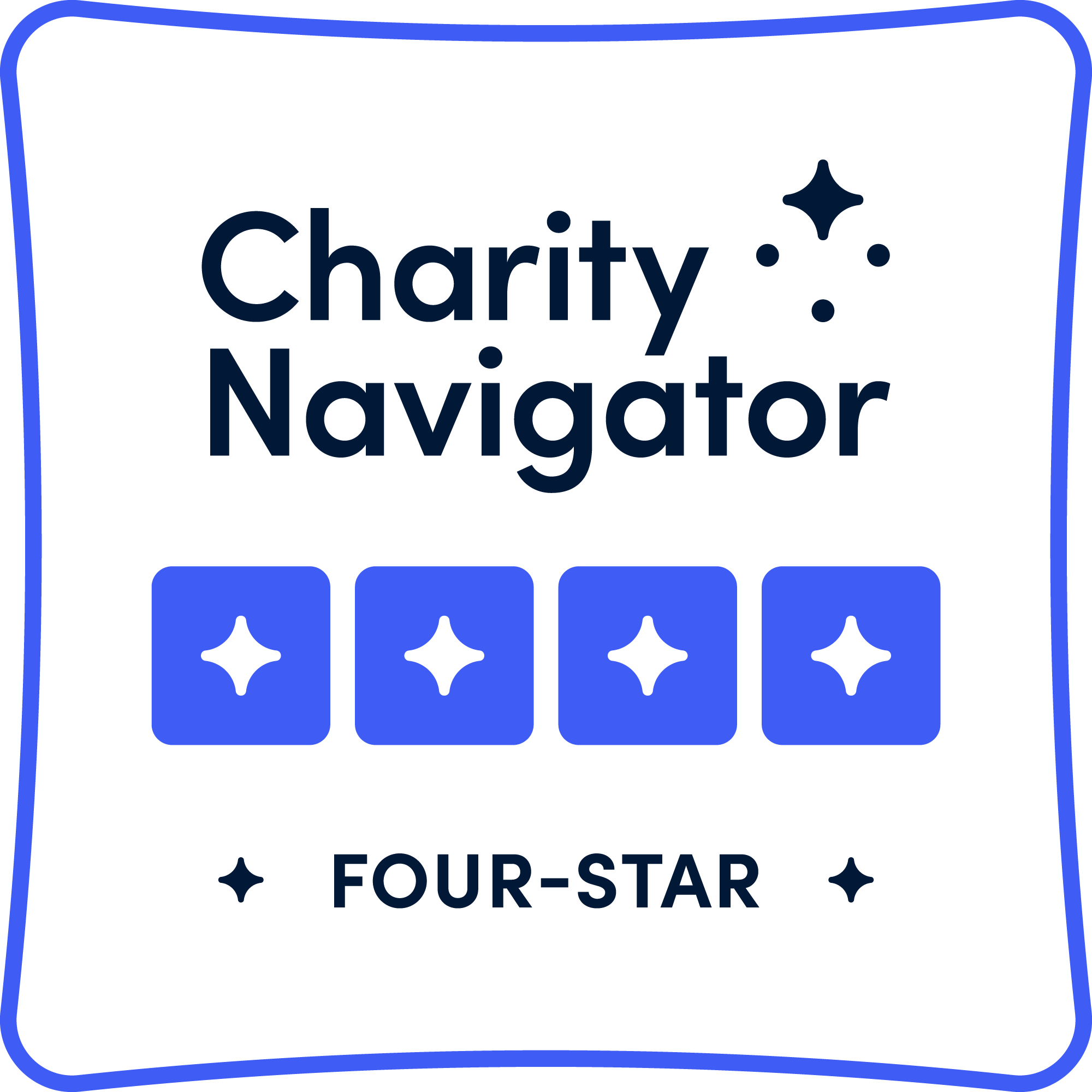Going Virtual: Merging Vets and Players Shares What They Learned Pivoting Their Program in 72 Hours

As of November 1, 2020, National Veterans Intermediary (NVI) is called the Local Partner Network. Older content may reference our original name.
In March 2020, as coronavirus made public gatherings unsafe, nonprofit organization Merging Vets and Players (MVP) had a big undertaking ahead of them: Find a way to keep their members connected when they couldn’t connect in person. After some research, strategizing, and careful coordination with their team and trainers, MVP had a gameplan: The entire program—which involves weekly group workouts in five cities, followed by “huddles” in which members talk about and support each other through challenges and successes—would go virtual.
Many NVI Local Partners and their members are honing their ability to collaborate remotely, and learning to deliver services to veterans in a whole new way. MVP offered to share their insights for the benefit of others who are in the same shoes; via email, Executive Director Jacob Toups filled us in on what they learned.
3 things MVP learned pivoting to virtual programming
Keep your program’s foundation
We kept the look, feel, and even times of our program in each of our cities to maintain consistency in what feels like a very inconsistent time with COVID-19. Over the last few years MVP has opened new chapters in Atlanta, Chicago, and New York for a new total of five chapters. That has allowed us to build a relationship with our veterans prior to going to virtual. These relationships support one of our program’s core values: consistency.
Innovate as you go
After piloting a few of our sessions online, we got together as a team to do a debrief: What did we like and what could we improve upon? Some of this information was even provided by our members, allowing us to tailor feedback to our new virtual program. Some of these are being provided by our own veterans. We have even started to incorporate new virtual sessions for personal and professional enrichment. Don’t be afraid to innovate as you go—we’re all learning this together.
Collaboration is key
Based on feedback from our initial sessions, we recognized that a lot of our members were interested in how we can support our communities in crisis. We knew some of the other veteran organizations, like Team Rubicon, were acting on this mission. We reached out to find out how we can get our population involved with the community activities provided by Team Rubicon. Now more than ever, we need to work together and focus on each organization’s programmatic strengths.
3 questions to dive deeper
It’s early March, COVID-19 is spreading, and social distancing goes into effect. Merging Vets and Players usually does in-person workouts, with lots of social connection and physical proximity. What was your first thought when you realized in-person sessions were no longer safe?
We knew we had to act fast because our whole mission over the last four years is combating social self-isolation with our veterans and players. Now, with most of our population social distancing, isolation is a common experience. Throwing veterans and players back into this scenario—without this important opportunity to connect—could raise the risk of reigniting previous mental health challenges. We saw members’ progress and didn’t want them to slip, so we knew we had to continue our services, or the consequences could be extreme.
How did you have to adapt the sessions to work over video conferencing?
We’re constantly evolving our program week to week to make sure our sessions are adapted. For our workout, we kept the trainers in each of our locations to conduct the workout via Zoom. Prior to our first session, we held a meeting with the trainers in all our chapters to discuss the best at-home and virtual workouts. We continue to connect with them to gain better insight to adapt.
For the huddle—the facilitated group support session after each workout—we kept the same structure with our staff facilitating the discussion and our members opening up to challenges or successes in their lives. We were initially concerned with keeping the intention, emotional safety, and authenticity of our huddles. We even consulted licensed therapist Suzi Landolphi, who works with veterans and is on our Advisory Board, to get guidance on maintaining emotional safety on a virtual platform. We took Suzi’s advice, and our members opened up. In our in-person huddles, members raise their hands to open up, and we replicated that using Zoom’s digital “raise a hand” button. When we meet in person, we praise people’s vulnerability by clapping, so we continued that tradition by allowing people to “unmute” so they can clap for individuals.
Unexpectedly, even the chat function has offered an opportunity for members to praise each other during the huddle, offer advice, and provide additional resources. One last important element to our program is the breakdown at the end: We put our hands in and chant, “Who’s got your back?” This tradition continues at the end of each virtual session, with members holding their fists up to the camera and us facilitating the chant.
Earning MVP gear is essential to celebrating milestones in our member’s lives. On the fourth visit to MVP, veterans earn their new uniforms for our team. On the 12th time, we provide a “fit kit” with tools that support their personal growth. When a member hits 24 sessions, they earn an MVP hat. Finally, on their 52nd time, they earn a challenge coin designed by one of our MVP Ambassadors—former professional football player Michael Strahan. Continuing this program tradition is critical, and we all need some celebration during this time. With our pivot to a virtual environment, we will continue to celebrate these milestones presenting gear via Zoom, and then mailing it to them shortly after.
Our success in this pivot has come from learning how to replicate our program’s culture. We kept to what we knew to be successful and supportive for our members before, and it continues to support them during the COVID-19 crisis.
What has the response been like from participants?
We actually conducted a member survey and have real feedback! In executing this pivot during a time of crisis, we’ve learned that there’s actually a great opportunity here to reach other veterans who are isolated. Here are just a few responses:
- “It’s very important. As shown from the 27 March virtual meeting, members have an option to share with individuals they trust. Without the face-to-face huddle, the virtual meeting is the next best option to meet the needs of our members.”
- “The ability to adapt and overcome a crisis to provide support to its members gives me tremendous faith in MVP for the future wellness of all who participate.”
- “I think it’s super important. I work from home and don’t have the time to devote to self-care as I have my kids for the duration of the pandemic and we have to practice extreme social distancing because one of my kids is considered to be high risk by the CDC.”
This comment in particular resonated with me on a number of levels:
- “I think this is incredible, not just in this time and environment…There are single parents that can’t make service, but desperately crave the community and workouts…The virtual option allows for the community and space to still happen. [It offers] a sense of belonging.”
About MVP
MVP’s mission is to match up combat veterans and former professional athletes together—after the uniform comes off—to give them a new team to tackle the transition together. MVP shows them they are NOT alone. Learn more.









